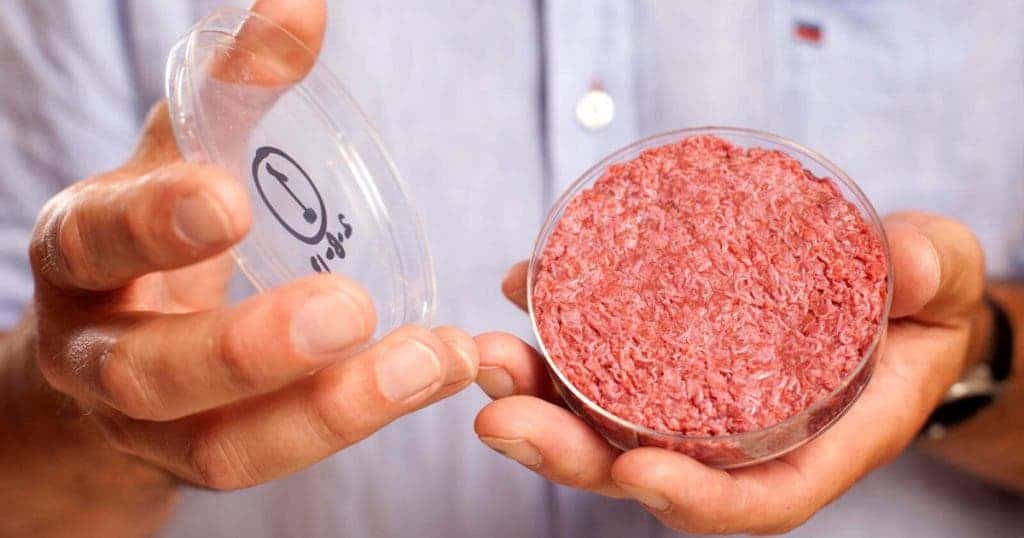For the first time — lab-grown meat reaches space.
Cellular agriculture
The idea of lab-grown meat became serious just 6 years ago, when Mark Post, a Dutch researcher, produced the world’s first cultured meat. The principle is fairly simple: instead of slaughtering animals, you produce meat through in vitro cultivation of animal cells. Think of it as cellular agriculture.
There are several reasons to pursue this line of research. For starters, it is exactly meat — unlike the plant-based foods produced by the likes of Impossible Foods or Beyond Meat, this is actually meat that is produced, not a substitute. This means that you can eat meat humanely, without needing to breed and slaughter billions of animals. This process could also be more eco-friendly than current agricultural approaches (although that’s still not clear yet), and it could also help tackle the antibiotic crisis.
Of course, many practical hurdles still remain, but several promising start-ups are promising that we will see cultured meat hit the shelves within two years and at competitive prices.
Now, for the first time, meat has been successfully grown above the Earth, aboard the International Space Station (ISS) — meaning future astronauts could enjoy a supply of endless, cruelty-free meat for future travels.
3D-printed space meat

The team used a technique called 3D bioprinting — essentially, 3D printing biological cells. The printer uses a magnetic force to fix the cells into small, scaffold-like muscle tissue, producing meat that is virtually indistinguishable from the real thing. The tissue is very small (just 1.5 millimeters across), but this marks an important proof of concept, showing that the futuristic meat can also be grown in space.
The bovine cells were harvested from Earth and taken to space using a Soyuz shuttle, which safely brought them to the ISS. The whole method relies on mimicking the muscles’ natural regeneration ability and doesn’t require the resources that conventional agriculture does.
“We are proving that cultivated meat can be produced anytime, anywhere, in any condition,” said Didier Toubia, co-founder and chief executive of Aleph Farms, which funded the experiment and provided the equipment and cells. Oleg Skripochka, a Roscosmos cosmonaut carried out the experiment.
“We can potentially provide a powerful solution to produce the food closer to the population needing it, at the exact and right time it is needed. In space, we don’t have 10,000 or 15,000 litres of water available to produce 1kg of beef,” added Toubia, referring to the embedded meat in meat.
In addition to representing a remarkable achievement in itself and paving the way for future space meat, this could help raise awareness on a technology which can be very impactful in the not-so-distant future.
Recent studies have shown that huge reductions in meat consumption are essential to cut down our greenhouse gases — and the world is eating more meat than ever.
According to Inverse, industry insiders say that mass-produced burgers of a similar variety could cost just $10. Would you make the switch?






